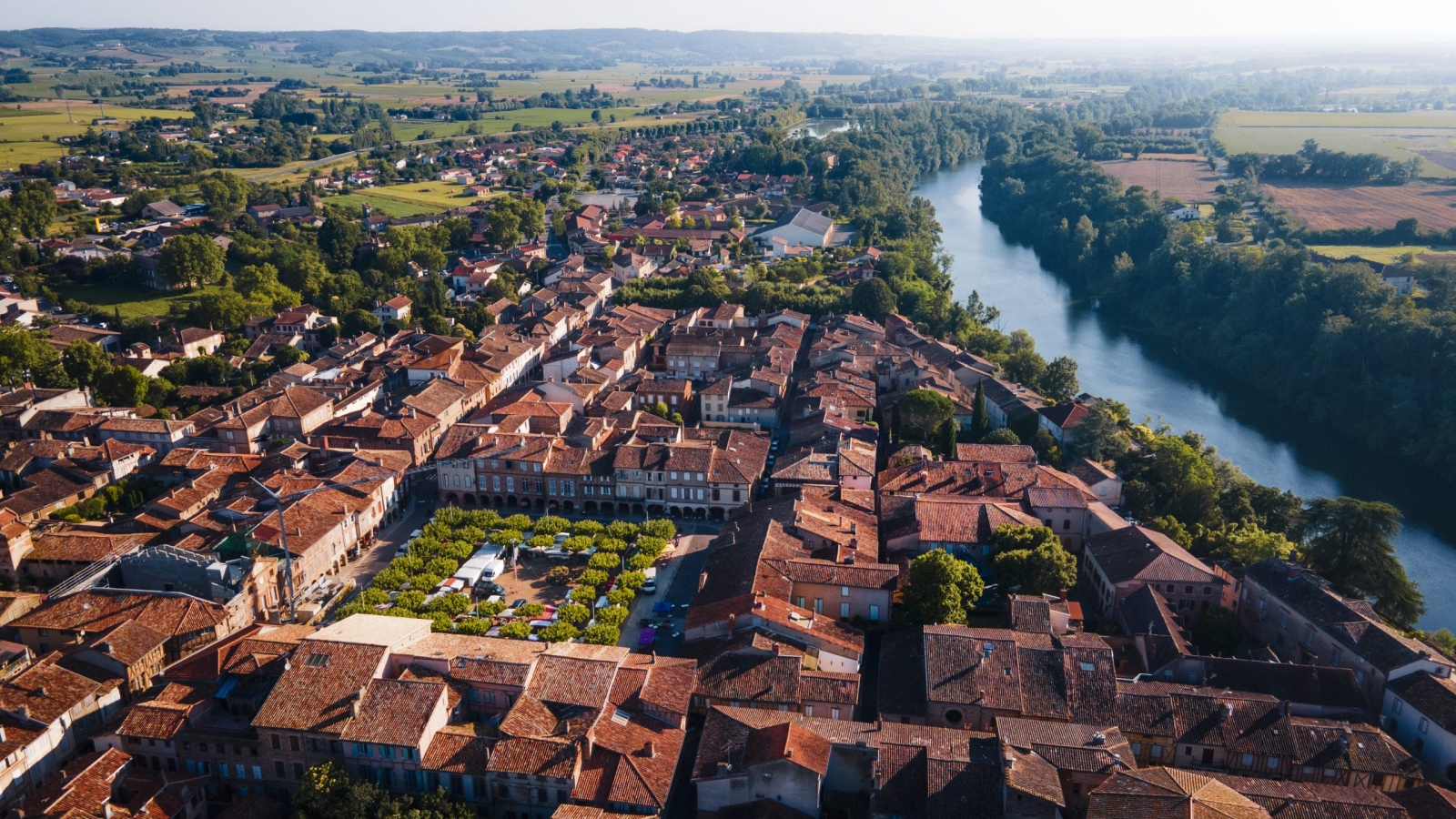
Lisle sur Tarn’s square and 13th century fountain
Lisle sur Tarn features one of the biggest arcaded squares in the South West of France and is a perfect example of traditional bastide urban planning. The Griffoul fountain has pride of place, a 13th century creation with its own eventful history.

A bit of history
The term ‘bastide’ is generally used to describe ‘new towns’ that were created in the 13th century by a king, a count, or even an abbey.
Business was booming at this time. And while cynics may say that those in power were constructing these towns in order to raise taxes from the residents, they nevertheless contributed to a quiet revolution.
The towns were divided into lots that were then designated as residential or commercial, and were then taxed uniformly according to a contract. It was one of the first examples of urban planning, with the construction of the town designed in advance, something that was far from usual in the Middle Ages. The plan put the market square at the heart of the town, and organised buildings and streets around it. It was so effective that even after many developments in these towns, the bastide plan has often been retained. It’s still the fundamental principle of modern town planning.

Lisle sur Tarn’s square
The market square is emblematic of the bastide towns and villages, as much architecturally as for business, political, or religious reasons (because the Roman Catholic Church now had less influence over how these towns were organised).
The square in Lisle sur Tarn is one of the biggest arcaded medieval squares in the Occitania region. It is beautifully preserved, with magnificent facades in red brick, half-timber constructions, elegant corbels supporting the overhanging buildings, and arched covered arcades. When the bustling, vibrant Sunday morning market isn’t in full effect, these arcades offer some welcome shade for people strolling round the town.
While the squares were essentially dedicated to commerce and were host to fairs and markets, they were above all the centre of the social life of the town. This is still the case in Lisle-sur-Tarn, which has markets every Sunday and lots of different events throughout the year. This is also where the flea markets and car boot sales take place and where Lisle Noir – a festival of crime fiction – has its base. The month of July, meanwhile, sees a series of pop rock concerts taking place.


Seeking a more chilled-out day? Then why not just hang out in the cafés and restaurants? Foodies will no doubt want to visit the Art of Chocolate museum, just behind the arcades. And for a more cultural visit, why not head for the Raymond Lafage museum just one street away? This talented 17th century artist and engraver was born in the town and was famous for his etchings of mythological subjects.
The fountain in Lisle sur Tarn
A gift from Jeanne de Toulouse (daughter of Count Raymond VII) and Alphonse de Poitiers (brother of King Louis IX) in the 13th century to mark the birth of Lisle sur Tarn, the Griffoul fountain (classified as a ‘Historical Monument’) had a rather colourful history before being proudly installed in the town’s market square. Symbolically, the Occitan cross and the fleur de lys that decorate the edge of the fountain’s basin are representative of the union of the two donors according to some, while others believe it’s a symbol of peace linking the county of Toulouse with the kingdom of France.
The fountain was further embellished in 1613 when the consuls in Lisle sur Tarn asked the fountain maker Ferray de Toulouse to design and produce a brass pillar for the centre of the fountain. Despite the fact that a civil war was going on, and that the population was suffering extreme poverty as a result, the town took delivery of this brass adornment in 1614.
Then in 1651, new consuls decided the fountain needed an even more extravagant update. It was at this point that a new central pillar was added, this time even more decorative, showing a group of children sitting on dolphins.
At the end of the 19th century the fountain was saved from destruction and was placed in Rochegude Park in Albi, after the council members in Lisle-sur-Tarn decided to offer it as a gift to the neighbouring town. It stayed in Albi for many years, somewhat forgotten in a corner of the park. But when the market square in Lisle sur Tarn was restored at the start of the millennium, the two towns signed an agreement for the fountain to return to its original location in the square in September 2000.














